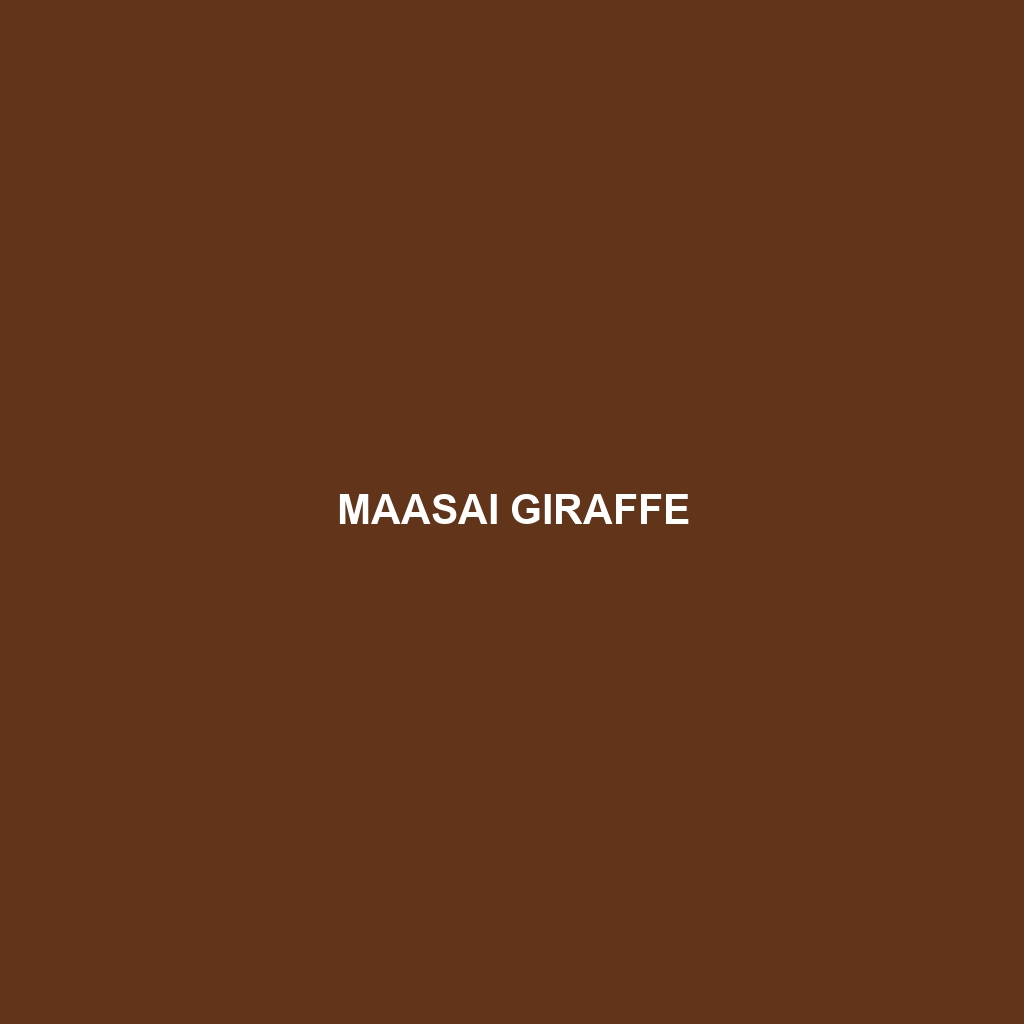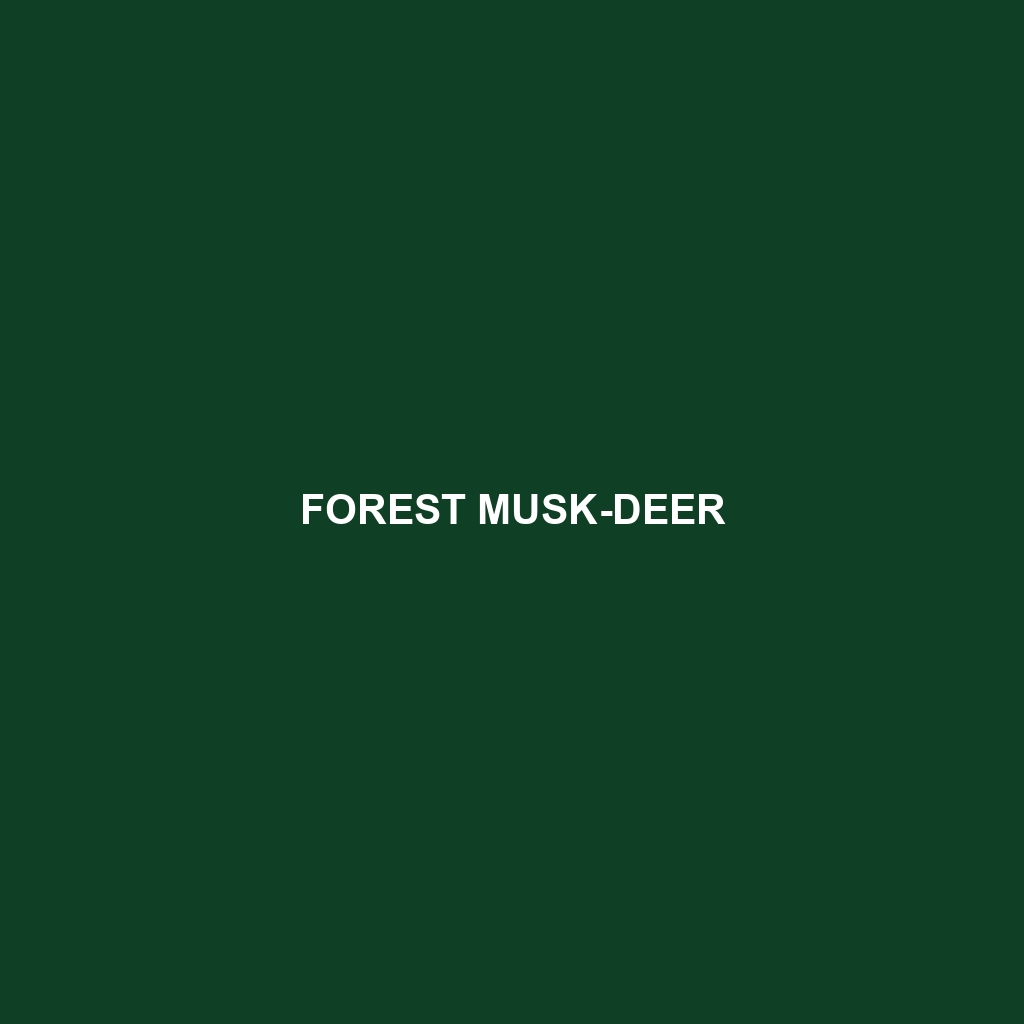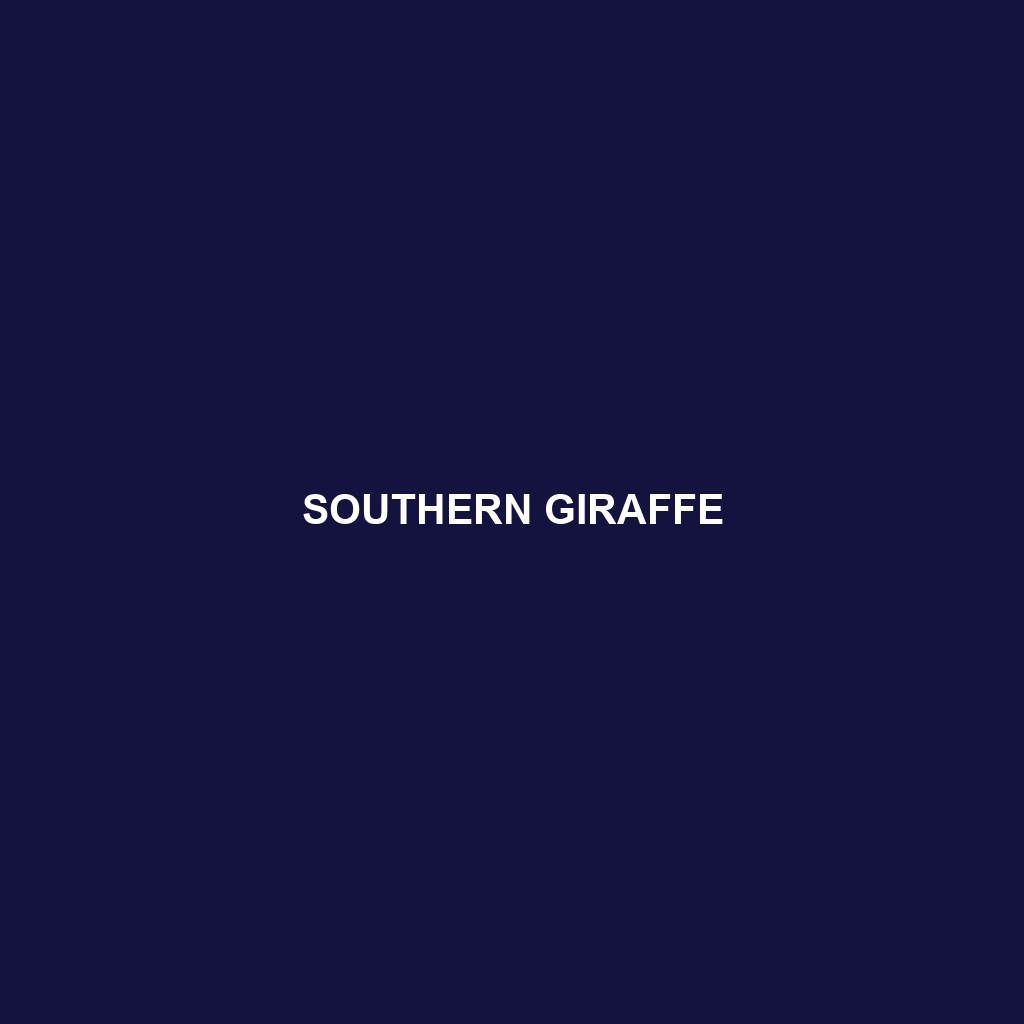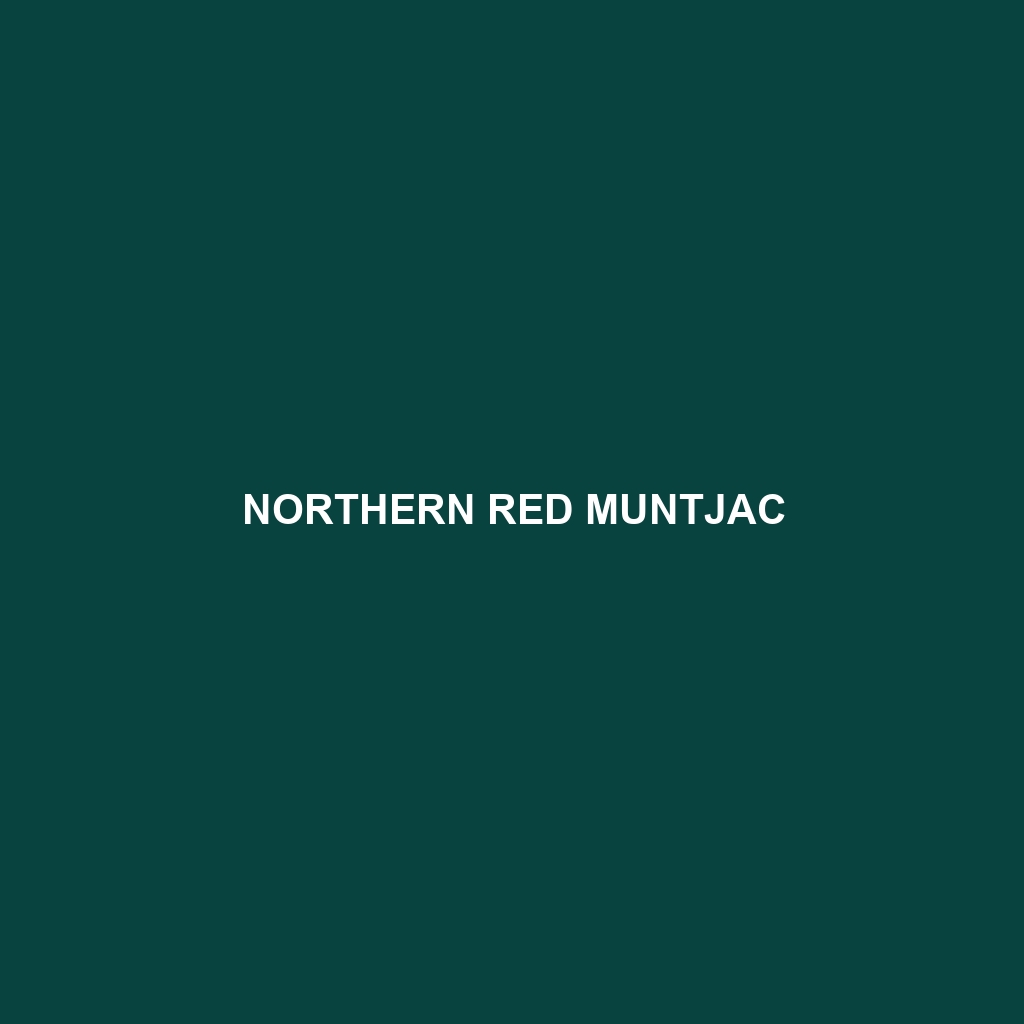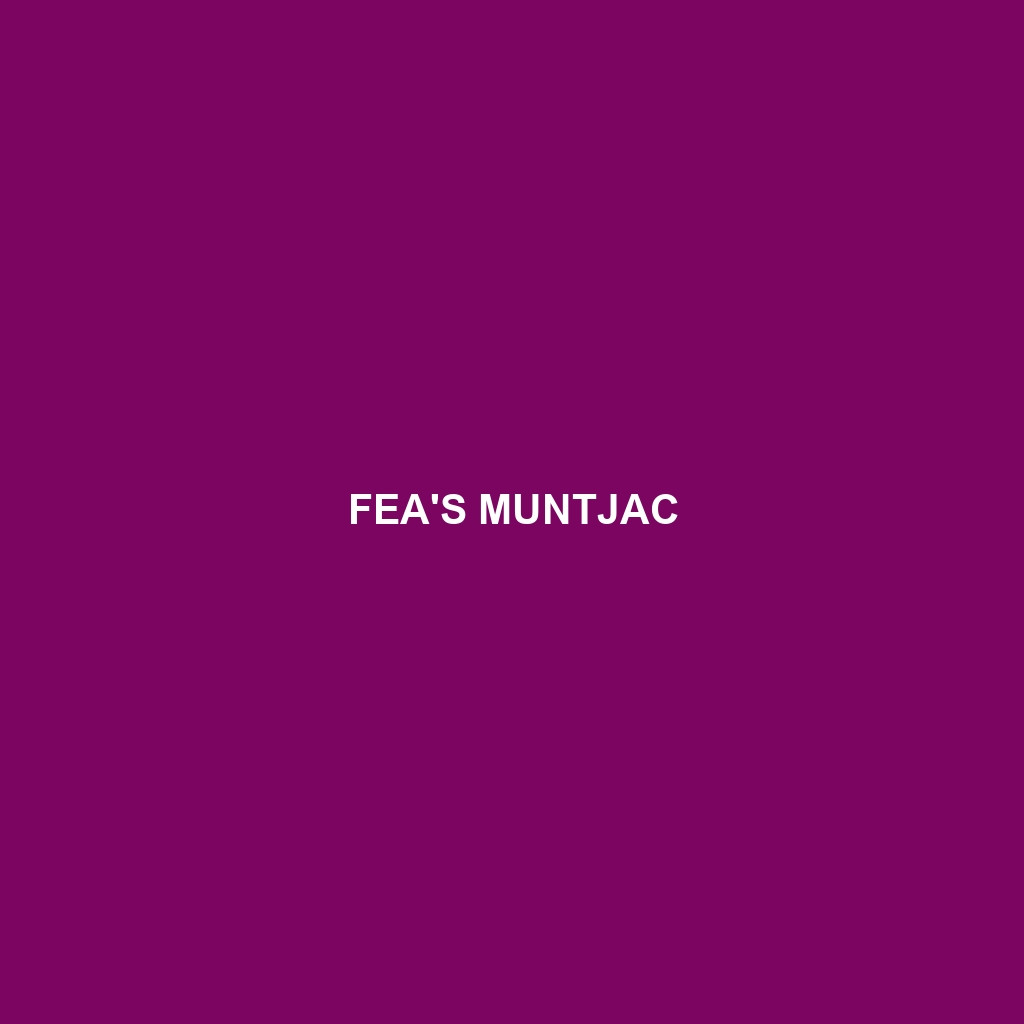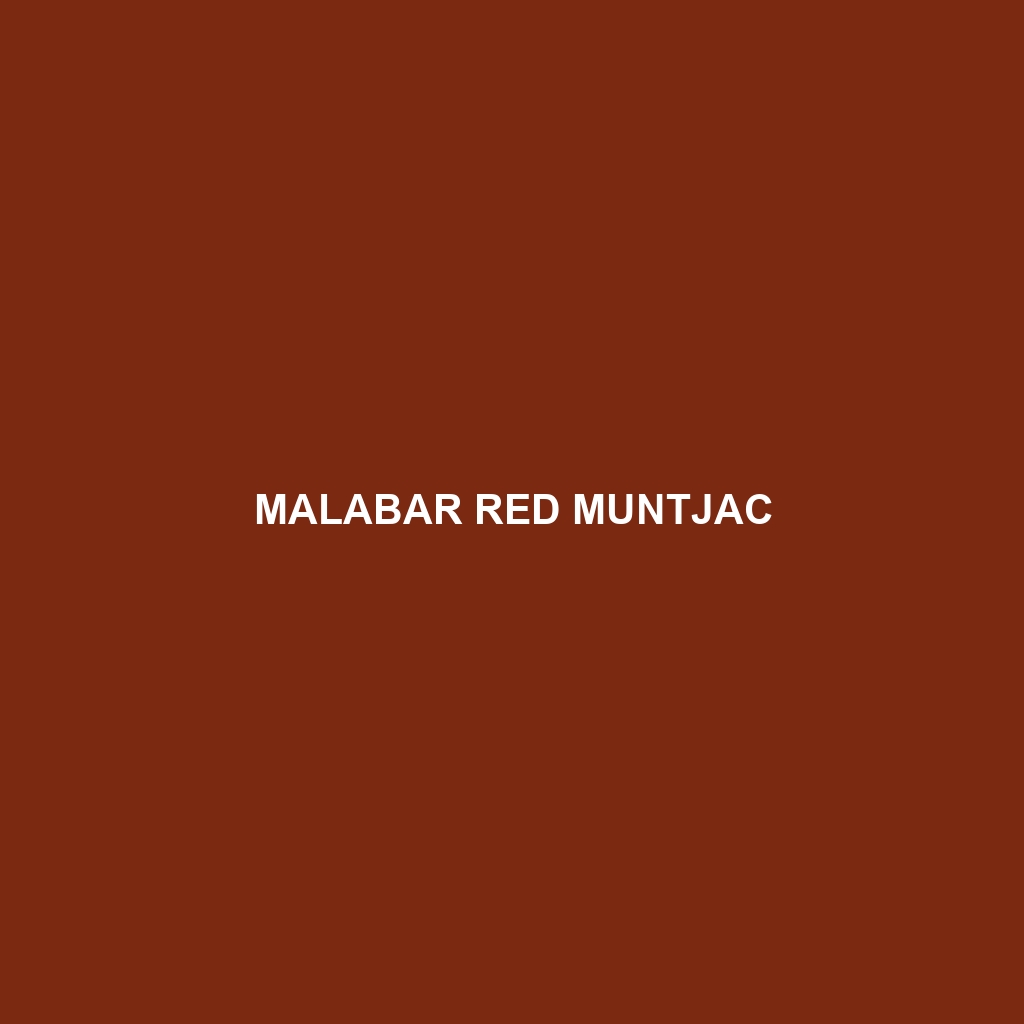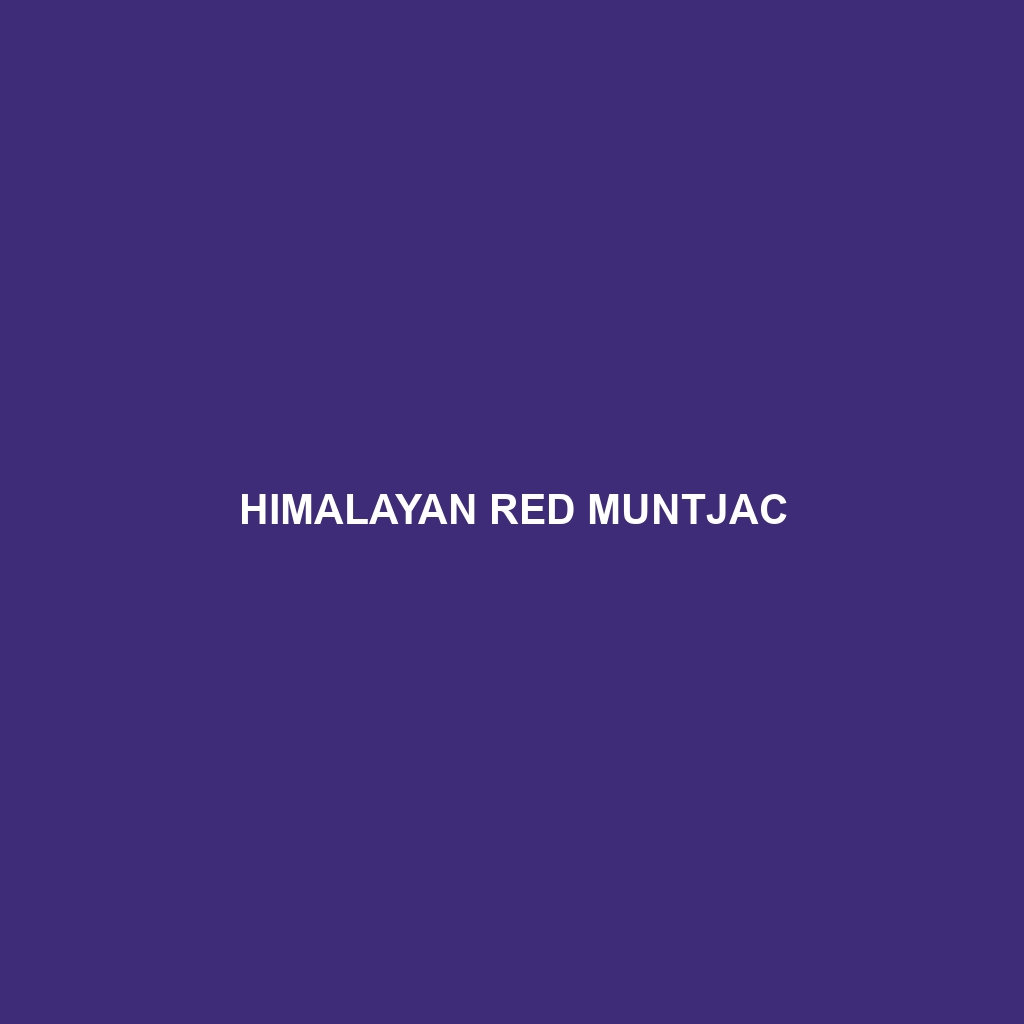Discover the majestic Southern Giraffe, the tallest land animal, adorned with a unique coat of large brown patches. Inhabiting the savannas of Southern Africa, these social giants play a vital role in their ecosystems through their distinctive browsing habits. Learn about their fascinating behaviors, diet, and the conservation challenges they face in our latest blog post.
Tag: herbivores
Southern Giraffe
Discover the fascinating world of the Giant Muntjac (<i>Megamuntiacus vuquangensis</i>), a striking deer species native to the dense forests of Southeast Asia. With its impressive size, distinctively long antlers, and unique vocalizations, this vulnerable species plays a vital role in its ecosystem as both herbivore and prey. Learn about its habitat, diet, behavior, and ongoing conservation efforts to protect this remarkable animal from the threats of habitat loss and poaching.
Giant Muntjac
Discover the Annamite Muntjac, a unique deer species native to the lush forests of the Annamite mountain range, straddling Vietnam and Laos. With its distinctive reddish-brown coat, small antlers, and intriguing vocalizations that earn it the nickname "barking deer," this vulnerable species plays a vital role in its ecosystem, contributing to vegetation control and seed dispersal. Learn about its habitat, behavior, and the conservation efforts in place to protect this elusive creature.
Fea’s Muntjac
Discover the enchanting Himalayan Red Muntjac, a small yet fascinating deer species known for its rich reddish-brown fur and distinctive barking calls. Native to the dense forests of the Himalayas, these solitary herbivores play a crucial role in their ecosystem, foraging on young plants while serving as prey for larger predators. Learn more about their unique behaviors, reproductive habits, and conservation status in this insightful exploration of one of nature's hidden gems.
Gongshan Muntjac
Discover the fascinating world of the Black Muntjac (*Muntiacus crinifrons*), a small deer native to Southeast Asia's dense forests. With its unique dark coat, sharp antlers, and distinctive vocalizations, this solitary herbivore plays a vital role in forest ecosystems while facing critical conservation challenges. Learn more about its habitat, behavior, and the importance of preservation efforts for this vulnerable species.
Malabar Red Muntjac
Explore the fascinating world of **Fea's Muntjac** (*Megamuntiacus feae*), a rare deer species native to the dense forests of Southeast Asia. Known for its distinctive reddish-brown coat and unique vocalizations, this elusive creature plays a crucial role in its ecosystem through seed dispersion and vegetation control. As a vulnerable species threatened by habitat loss and hunting, understanding and protecting Fea's Muntjac is essential for maintaining the ecological balance of its mountainous home.
Himalayan Red Muntjac
Discover the fascinating world of the tufted deer (*Elaphodus cephalophus*), a medium-sized mammal native to the dense forests of Southeast Asia. Known for their distinctive tuft of hair and impressive agility, these elusive creatures play a vital role in their ecosystem through herbivory and seed dispersal. However, with their vulnerable status threatened by habitat loss and poaching, understanding their behavior, diet, and conservation efforts is more crucial than ever.
Black Muntjac
Discover the elusive Bornean Yellow Muntjac (*Muntiacus atherodes*), a small deer native to the lush rainforests of Borneo. With its striking yellowish-brown coat and remarkable adaptability, this vulnerable species plays a crucial role in its ecosystem through selective feeding and seed dispersal. Learn about its unique behaviors, habitat preferences, and conservation challenges in our latest blog post.
Sambar
Discover the Philippine Brown Deer (<i>Cervus mariannus</i>), a remarkable species native to the islands of Mindanao and Luzon. With its distinctive reddish-brown coat and impressive antlers, this crepuscular herbivore plays a crucial role in maintaining ecological balance while facing threats from habitat loss and hunting. Dive into our comprehensive post to learn more about their habitat, behavior, diet, and conservation efforts.
